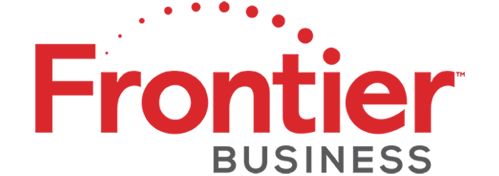In business, as in life, communication is key. But despite the simplicity of this axiom, smooth communication can be a challenge for any company. It’s an issue that’s difficult enough for a single site, but multiply your locations and all of a sudden sharing files, information, even simple emails – can seem daunting. Multiple locations accessing shared applications in the cloud is a real challenge for many growing businesses. With these obstacles in mind, Frontier doubled down to build a solution that’s fast, secure and easy to use. This past September we unveiled that solution: Frontier Connect – WAN.
Our guest today might be a familiar one for Gain Your Edge listeners. Lisa Partridge is the Director of Product Marketing at Frontier. With decades of experience in Wide Area Networking, security and a law degree, she’s our inside source for all things Frontier Connect – WAN. Today, we’re talking about the best way for businesses to share information across locations, the markets that will benefit from SD-WAN, real life network case studies and a whole lot more. This conversation is jam-packed with information that we can’t wait for you to hear on our 60th episode of Gain Your Edge.
Like what you hear? Leave us review on iTunes. We’d love to hear from you.
References and Resources
What You Need to Know About SD-WAN
GYE Ep.48 – Anywhere & Everywhere: How VPN is Changing the Way We Work
GYE Ep.42 – Simplified User Experience and How SD-WAN is Disrupting the IT Industry
MPLS – Multiprotocol Label Switching; type of data-carrying technique for high-performance telecommunications networks. MPLS directs data from one network node to the next based on short path labels rather than long network addresses, avoiding complex lookups in a routing table.
ATM – Asynchronous Transfer Mode; a switching technique used by telecommunication networks that uses asynchronous time-division multiplexing to encode data into small, fixed-sized cells
Frame – a digital data transmission unit in computer networking and telecommunication
SLA – Service Level Agreement; a contract between a service provider (either internal or external) and the end user that defines the level of service expected from the service provider
Stateful Firewall – a stateful inspection firewall examines the contents of individual packets at all layers of the OSI model, from the network layer to the application layer. It examines a packet’s origin, its destination and its port utilization in ultimately allowing or denying packets.
More
Host Skip Lineberg
Send your feedback, comments and questions to BusinessEdge@Frontier.com


